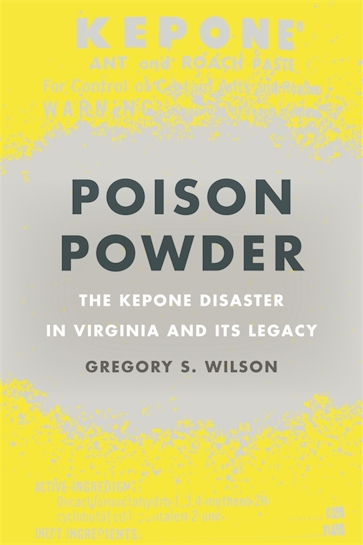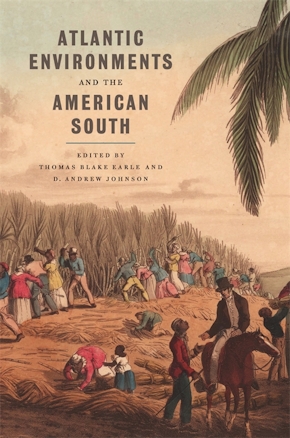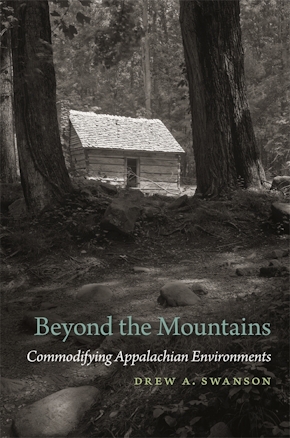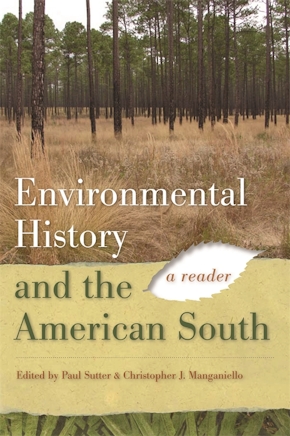Poison Powder
The Kepone Disaster in Virginia and Its Legacy
Title Details
Pages: 252
Illustrations: 15 b&w images
Trim size: 6.000in x 9.000in
Formats
Paperback
Pub Date: 04/01/2023
ISBN: 9-780-8203-6348-6
List Price: $32.95
Hardcover
Pub Date: 04/01/2023
ISBN: 9-780-8203-6347-9
List Price: $114.95
eBook
Pub Date: 04/01/2023
ISBN: 9-780-8203-6349-3
List Price: $32.95
eBook
Pub Date: 04/01/2023
ISBN: 9-780-8203-6403-2
List Price: $32.95
Poison Powder
The Kepone Disaster in Virginia and Its Legacy
The long-reaching effects of Kepone’s toxic contamination on a small city and beyond
Skip to
- Description
- Reviews
- Awards
In 1975 workers at Life Science Products, a small makeshift pesticide factory in Hopewell, Virginia, became ill after exposure to Kepone, the brand name for the pesticide chlordecone. They made the poison under contract for a much larger Hopewell company, Allied Chemical. Life Science workers had been breathing in the dust for more than a year. Ingestion of the chemical made their bodies seize and shake. News of ill workers eventually led to the
discovery of widespread environmental contamination of the nearby James River and the landscape of the small, working-class city. Not only had Life Science dumped the chemical, but so had Allied when the company manufactured it in the 1960s and early 1970s. The resulting toxic impact was not only on the city of Hopewell but also on the faraway fields where Kepone was used as an insecticide.
Aspects of this environmental tragedy are all too common: corporate avarice, ignorance, and regulatory failure combined with race and geography to determine toxicity and shape the response. But the Kepone story also contains some surprising medical, legal, and political moments amid the disaster. With Poison Powder, Gregory S. Wilson explores the conditions that put the Kepone factory and the workers there in the first place and the effects of the poison on the people and natural world long after 1975. Although the manufacture and use of Kepone is now banned by the Environmental Protection Agency, organochlorines have long half-lives, and these toxic compounds and their residues still remain in the environment.
—Christine Keiner, author of The Oyster Question and Deep Cut
—David Kinkela, author of DDT and the American Century: Global Health, Environmental Politics, and the Pesticide That Changed the World
Poison Powder is a fine recounting of a significant but less widely known chapter in U.S. environmental history, covering important aspects of labor and class, and making key connections between human health and ecological damage.
—Ellen Griffith Spears, author of Rethinking the American Environmental Movement post-1945
Gregory S. Wilson has meticulously researched this book, both through multiple levels of primary sources and many available oral histories from participants at various levels of the crisis. We certainly need more stories like the Kepone disaster to diversify and complicate our picture of environmental disasters.
—Elizabeth D. Blum, author of Love Canal Revisited
—Owen Clow, H-Net
Short-listed
Phillip D. Reed Memorial Award, Southern Environmental Law Center



